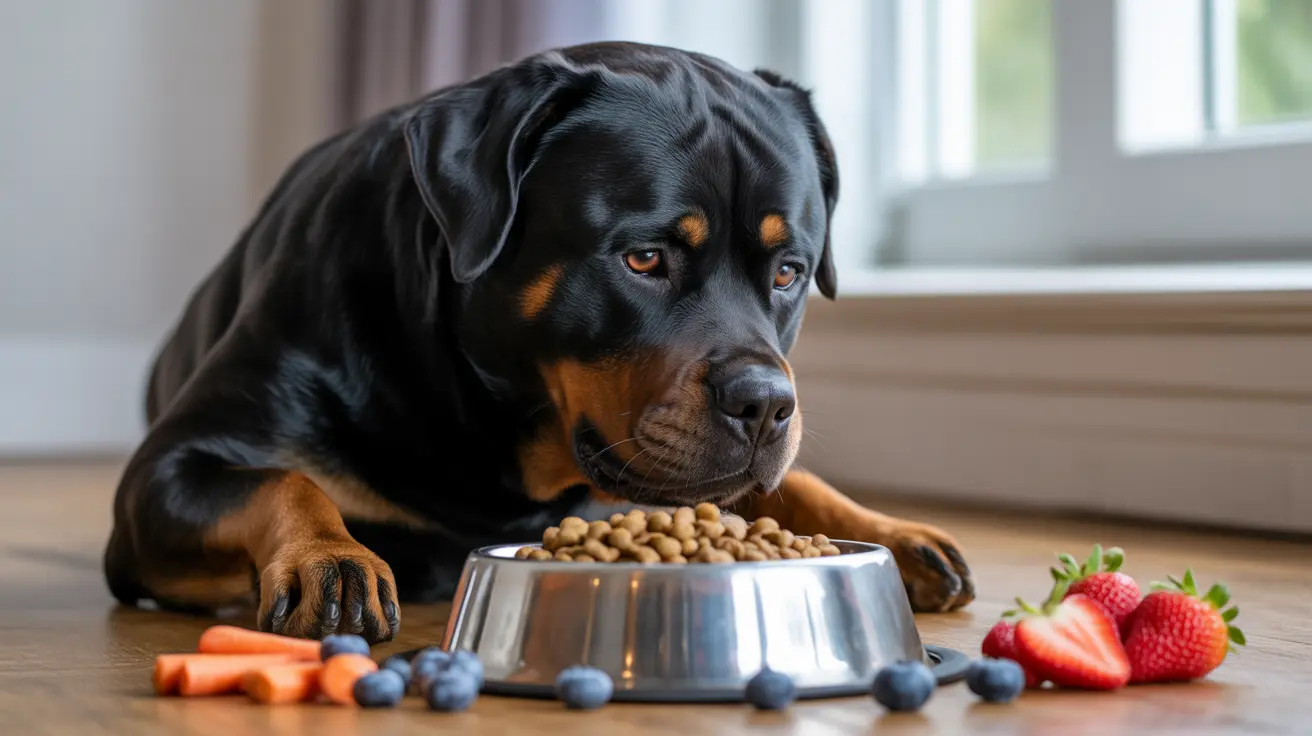Why Green Beans Are the Healthiest Vegetable for Dogs
Many dog owners strive to offer healthy, natural treats to their furry companions while helping them maintain an ideal weight. Among the various vegetables considered dog-safe, green beans stand out as one of the healthiest options. Packed with essential nutrients, low in calories, and high in dietary fiber, green beans can be a valuable supplement to your dog's regular diet—when given properly.
Nutritional Benefits of Green Beans for Dogs
Green beans are rich in several important vitamins and minerals that support a dog’s health. Key nutrients include:
- Vitamin A: Supports vision and immune function.
- Vitamin B6: Crucial for brain development and immune response.
- Vitamin C: Acts as an antioxidant and supports tissue repair.
- Vitamin K: Important for blood clotting and bone health.
- Calcium and Magnesium: Promote strong bones and muscle function.
- Potassium: Supports heart health and stabilizes fluid levels.
- Iron: Aids in red blood cell production.
- Manganese: Involved in metabolism and joint health.
Additionally, green beans are low in calories and fat, making them an excellent treat option for dogs that are overweight or prone to weight gain.
Different Forms of Green Beans and Preparation Tips
Green beans can be served to dogs in several forms, as long as they are plain and free of additives. Acceptable serving options include:
- Raw (washed and trimmed)
- Steamed
- Boiled or cooked without seasoning
- Frozen (chopped into small pieces)
- Pureed (for easier digestion)
Avoid serving green beans with butter, salt, oil, spices, onions, or garlic, all of which can be harmful to dogs. Canned green beans are acceptable if they are labeled “no-salt-added” or “low-sodium” and are thoroughly rinsed before serving.
Feeding Guidelines: How Much Is Safe?
Moderation is key when giving green beans to dogs. Overconsumption can cause digestive issues such as bloating, gas, vomiting, or diarrhea. General daily portion guidelines include:
- Extra-small dogs (2–10 lbs): 1 green bean
- Small dogs (11–20 lbs): 2 green beans
- Medium dogs (21–50 lbs): 3 green beans
- Large dogs (51–90 lbs): 4 green beans
- Extra-large dogs (91+ lbs): 5 green beans
Treats—including green beans—should account for no more than 10% of a dog's daily caloric intake. Always introduce new foods slowly and monitor for adverse reactions.
Feeding Ideas and Creative Uses
There are various ways to include green beans in your dog’s feeding routine:
- As a healthy treat alternative to commercial biscuits
- Mixed into regular dog food as a topper
- Frozen pieces served as refreshing summer snacks
- Pureed with other dog-safe foods for dogs with sensitive stomachs
Special Consideration: The Risks of the 'Green Bean Diet'
Some pet owners attempt the so-called “green bean diet,” where a large portion of dog food is replaced with green beans for weight loss. While green beans can help reduce calorie intake, this practice poses significant health risks.
Green beans do not offer complete nutrition for dogs. Dogs require essential nutrients, fats, and animal proteins not found in green beans. Significant replacement of meals with green beans can result in nutritional deficiencies. If you’re considering a weight management plan for your dog, consult with a veterinarian to ensure it’s safe and effective.
Are Vegetables Necessary for Dogs?
Dogs are classified as carnivores with omnivorous ability, meaning they can digest plant-based foods but do not require vegetables to meet their nutritional needs. However, adding vegetables like green beans as occasional treats can provide enrichment, fiber, and low-calorie variety.
Other dog-friendly vegetables include:
- Carrots
- Broccoli (in moderation)
- Celery
- Sweet potatoes (cooked)
All should be served plain and in moderate amounts based on your dog’s size and health conditions.
Final Thoughts
Green beans can be a delicious, safe, and healthy addition to your dog's diet when offered with care. They support healthy weight management, provide vital nutrients, and are a wonderful alternative to traditional treats. By following portion guidelines and avoiding harmful preparations, you can confidently include green beans in your dog's meal plan as a wholesome supplement.





